Importance of Regular Maintenance on Fire Water Tanks
July 25, 2022
With summer in full force and temperatures rising there is an increased risk of fire outbreaks.
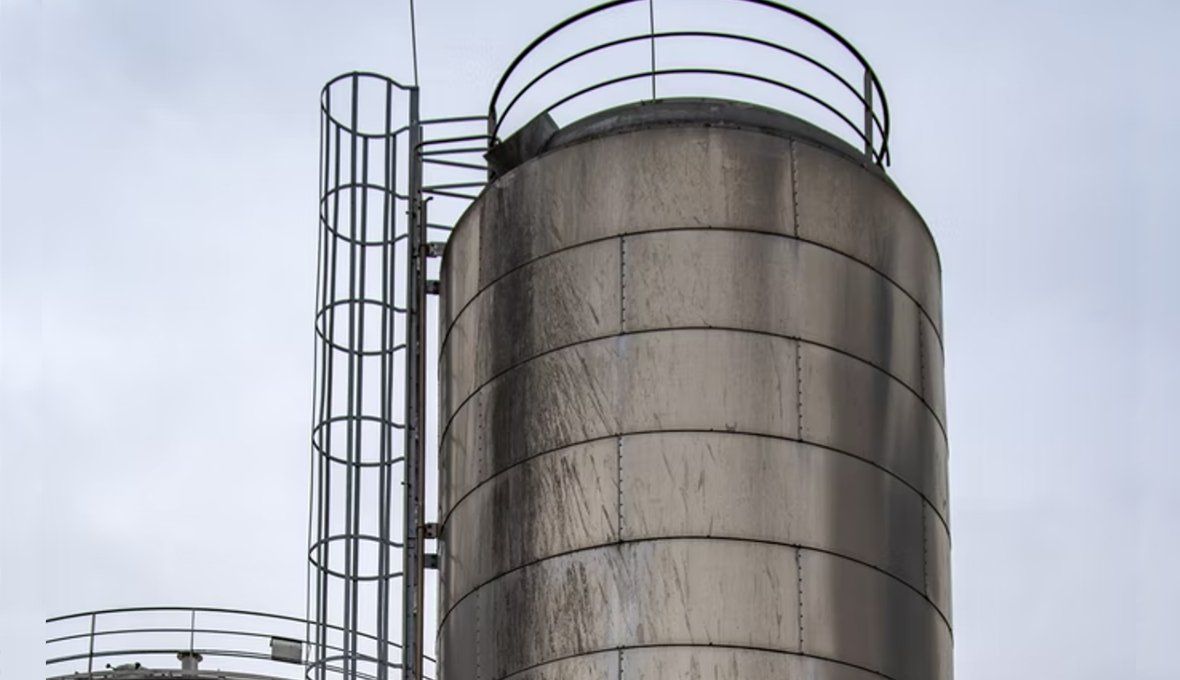
Fire water tanks
are water storage tanks with the purpose of having water readily available in case of a fire outbreak. They are usually found in buildings as part of a larger fire suppression system. These tanks are pretty large and installed on top or below the roof to provide water to sprinklers or hoses in case of a fire emergency.
Water tanks can also be created at a smaller scale with a similar purpose for RV or camper travel, aside from travelling with a fire extinguisher. RV or camper water tanks can also serve as a dual purpose water reservoir for general usage.
If the tanks are not properly looked after with regular maintenance checks, they could degrade and not function properly.
Water Tanks for Residential, Commercial and Agricultural Buildings
All buildings are required by law to have a water tank for the suppression of fire outbreaks, but once installed it is all too easy to forget about the maintenance until you have need of the system. If the water tank is faulty or leaking, you might run the risk of not being able to extinguish the fire entirely, or worse.
Water Tanks for RVs and Campers
When travelling, having your own water reservoir or water storage tank is very convenient, especially when those travels take you to more remote places. Most RVs and campers have fittings welded on to support a couple of 5 gallon jerry cans, but 5 gallons might not be much when travelling in parts of the country where water is less easy to source. Custom water tanks or storage baskets can be created for your trip that could hold more water canisters or tanks for your trip.
Custom Water Tanks for Fire Protection
Water tanks are available in a range of suitable materials including plastic, galvanised steel, stainless steel, steel liners, fibreglass, and concrete.
In generations past most water tanks were made from galvanised steel which are the water tanks usually found on older buildings and sheds. These days most new tanks have moved to a plastic or poly material which keeps the water quality better for longer, thus used in more potable water storage instances. Most of the other materials can slightly degrade over time, so if you’re looking for a potable or dual water system, one could still use steel, but with a lined interior made of poly. However the usage degrades over temperatures higher than 158 degrees.
Steel, steel liner and concrete tanks are the best options for choosing fireproof tanks.
Why Maintenance On Water Tanks Are Important
Water tanks need regular maintenance to remain safe and able to complete the critical tasks of delivering clean drinking water and water for fire suppression. A tank experiencing a breakdown in either of those areas could pose safety risks to people relying on the tank.
It’s nearly impossible to predict when a seemingly healthy water tank will suddenly go bad. Yearly maintenance checkups are therefore encouraged. This includes an external and internal inspection of the tank.
Here's a brief look at some inspection standards:
- Water levels: The water level should be checked quarterly for tanks with a supervised water level alarm. Monthly checks are needed for tanks without an alarm.
- The temperature of the water: The temperature needs to be maintained at a minimum of 40 degrees Fahrenheit to prevent it from freezing, for which a heating system is usually required.
- Heating system inspection: Heating systems are fuelled by steam, gas, coal, electricity, or solar power. Daily inspection is recommended for systems with no electric supervision system and quarterly inspection for those with a supervised system.
- Exterior inspection: The supporting structure, foundation catwalks, ladders, and vents of the storage tank need to be inspected for any damage or weakening. They also need to be checked for degrading paint, ice build-up, leaks, and cracks.
- Interior inspection: Tanks without corrosion protection need to be inspected every 3-years, and every 5-years for tanks with coverage. They also need to be checked for pitting, rot, debris, aquatic growth, failure of interior coating, and blockage of the anti-vortex plate.
Interior inspection can be particularly challenging because the fire protection tank is mostly filled with massive quantities of water. When this occurs, steel frac tanks are used for temporary storage for water until the main fire protection tank is inspected and repaired, if required. In case of an emergency, water can be directly sourced from the frac tanks to handle a fire breakout.
At our core we at Smitty’s RV and Welding
are expert welders. Whether creating custom water storage systems, cradles, supports or tanks get a free estimate from Smitty’s RV and Welding.
If you have water storage tanks
at your site that need welding maintenance work, or replacement, or if your steel based fire protection tanks develop a leak, get in touch with Smitty’s RV and Welding, based in Houston, for rapid solutions.

What Is Boondocking? If you're new to the RV world, you might have heard the term and wondered about its meaning. A basic definition of boondocking is camping in an RV or other self-contained vehicle without electricity, sewer hookups, or fresh water. Usually when people talk about boondocking, they mean camping on remote public lands, but the term can also apply to RVers parking overnight without hookups on privately owned land, “dry” campsites, or even in parking lots. There’s one thing for sure: boondocking is an awesome way to camp and RV for free. But it’s not something you can head out and do without preparation or proper gear! Although most RVs are designed to camp without hookups for a couple of days, there are many things you can do to make the experience more comfortable. There’s one thing for sure: boondocking is an awesome way to take a very cheap RV vacation or live in an RV full time nearly for free. But it’s not something you can head out and do without preparation or proper gear! Although most RVs are designed to camp without hookups for a couple of days, you'll quickly discover that using an RV without hookups isn't the same as having full hookups. For example, - Some of your lights and electrical outlets may not work. - You won't be able to run any appliances that draw a lot of power…such as an air conditioning unit. - You'll be limited as to the number of hot showers you can take and the number of times you can flush the toilet. That's why many RVers who plan to boondock on a regular basis end up investing in gear that helps make the experience more comfortable. This is where Solar power solutions come in handy! Boondocking Solar and Power Needs RV solar power is a technical and complicated topic. However, solar power is the best way to have power in your RV while boondocking. At Smitty’s we have a wide variety of Solar Power Solutions for your RV! Have a look at our solar power solutions here! Speak to us at Smitty’s RV and Welding if you have any questions about about installing Solar Power in your RV. Get in touch! We will take pride in making sure your RV is ready for the road!

The cost of RV travel can add up quickly, but strategic and patient planning make hitting the road possible on any budget. RVing is one of the most economical ways to travel, and thousands are able to enjoy RV living while keeping their finances in check. In order to RV on a budget, it’s important to have an idea of how much you’ll be spending, whether full-time RVing or just taking your motorhome, travel trailer or camper van out a few times a year. When estimating how much you will need, consider how you’re financing your RV, annual maintenance costs, campground fees, gas prices, and food costs. As you plan out the costs of your RV travel, below are some ways you can save money while travelling in an RV. Create an RV travel budget and stick to it The first tip for RVing on a budget is to understand how much you will be spending overall. Some of your costs are going to be fixed, like RV payments, insurance, etc. Make sure you are getting the best possible rates for your fixed cost by price comparing insurance coverage. One of the biggest benefits of RV travel is that you largely control the cost. Whatever your destination, timeline, and must-see activities are, you can make it work within your budget. Start by figuring out how much money you are willing to spend, subtract your fixed costs and then prioritize your flexible costs. Do you want to travel frequently? Gas prices are high, and could get even higher. Consider taking shorter distance trips to offset the rising costs. Do you need to stay at campgrounds with hook-ups? Site fees are likely going to be more expensive than rustic campgrounds or sites with limited services. Once you know what’s most important to you, you can pick the areas where you can cut back. RV Maintenance: Maintain your home away from home Regardless of what they drive, responsible RV owners all have one thing in common. They know the best method of avoiding costly repairs is preventative maintenance. Putting it off could subject your wallet to towing fees, lost time and hastily-needed repairs that often cost substantially more than they would if addressed sooner. Regularly servicing your RV at home can cut costs substantially, but not everyone has the mechanic skills and knowhow. There are many videos online that can teach you how to fix simple repairs! Find the right campsite at the right price Another substantial cost in RV travel is paying for campsites. When you’re RVing on a budget, these costs can add up quickly. The cheapest way to camp is by boondocking, which is also known as “dry camping” without electricity or water hookups. Typically, boondocking RV sites are on public land and are either very low-cost or completely free. You also get the added benefits of more flexibility and better views when boondocking. It’s true that traditional RV camping has its benefits, like access to running water and being able to do laundry. However, you can’t beat the freedom that comes with boondocking, and it’s far gentler on the RV budget as well. Along the same lines as boondocking, sometimes the best activities are the ones off-the-beaten-path. National parks, beaches, and theme parks are popular for a reason, but they also come with substantial expenses. Admission costs, parking fees, and pricey food can quickly bust an RV budget. If you plan ahead, you’ll find plenty of low-cost and totally free activities along your route. As a bonus, you’ll probably end up discovering some awesome activities and places you would never have known about otherwise! But if you’re trying to avoid bigger issues, give us a call at Smitty’s RV and welding to learn more about having your RV professionally serviced., it’s easy to schedule an appointment with Smitty’s to have your RV serviced before your next road trip. Speak to us at Smitty’s RV and Welding if you have any questions about your towing capacity or which tow bars or hitches to install. We also specialise in tow hitch installations and custom hitch installations for all types of vehicles and RVs.

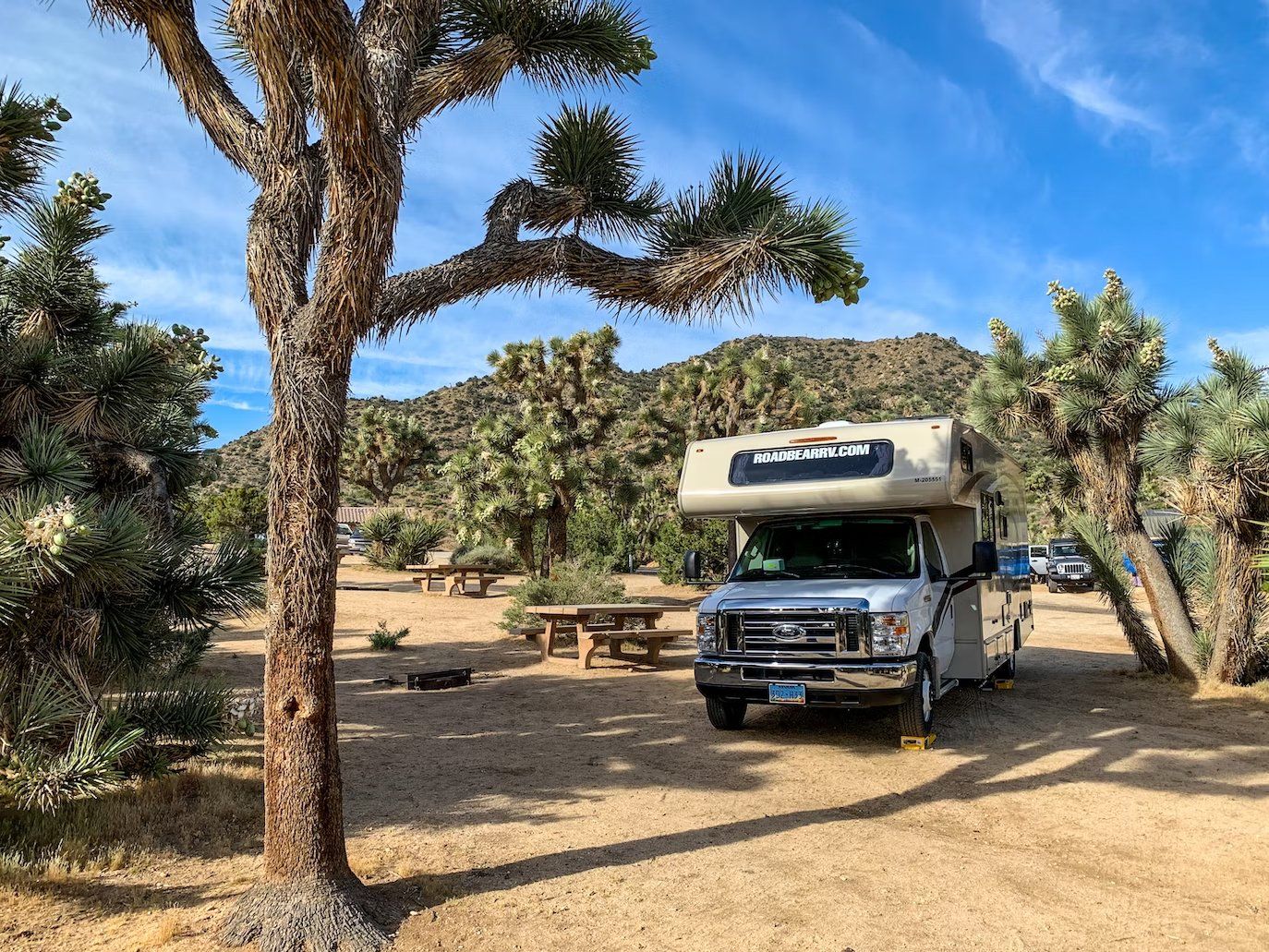
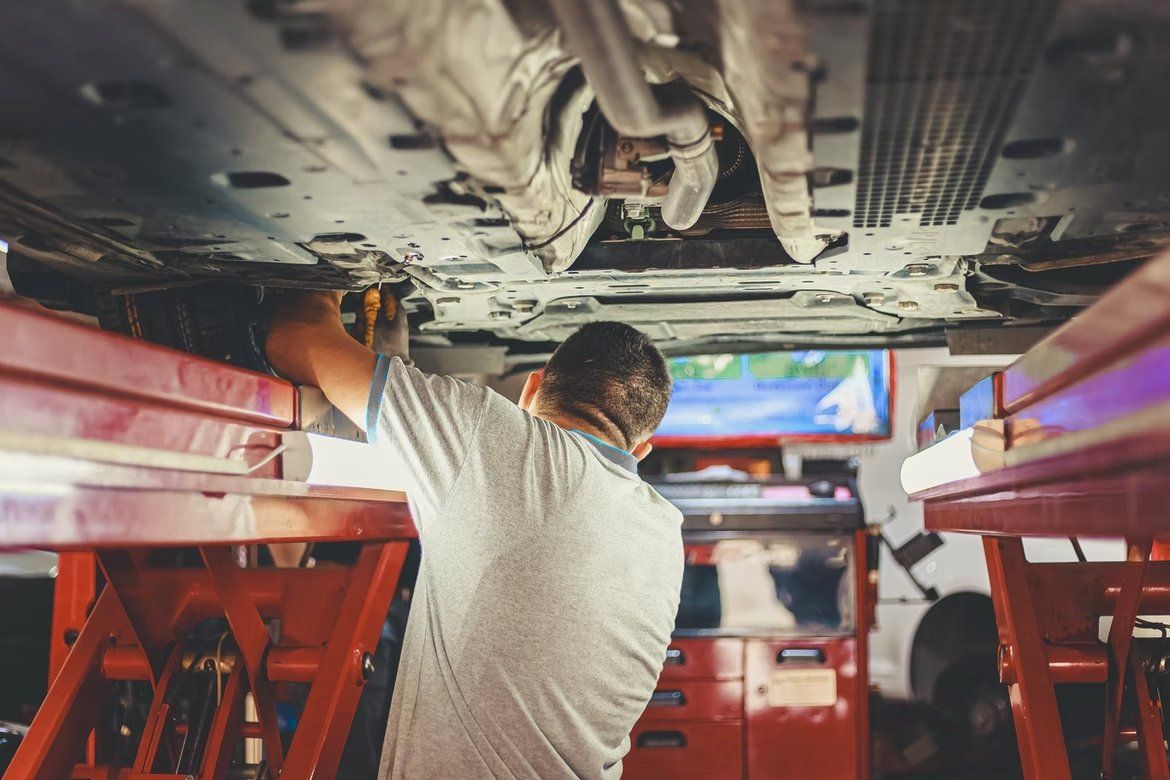
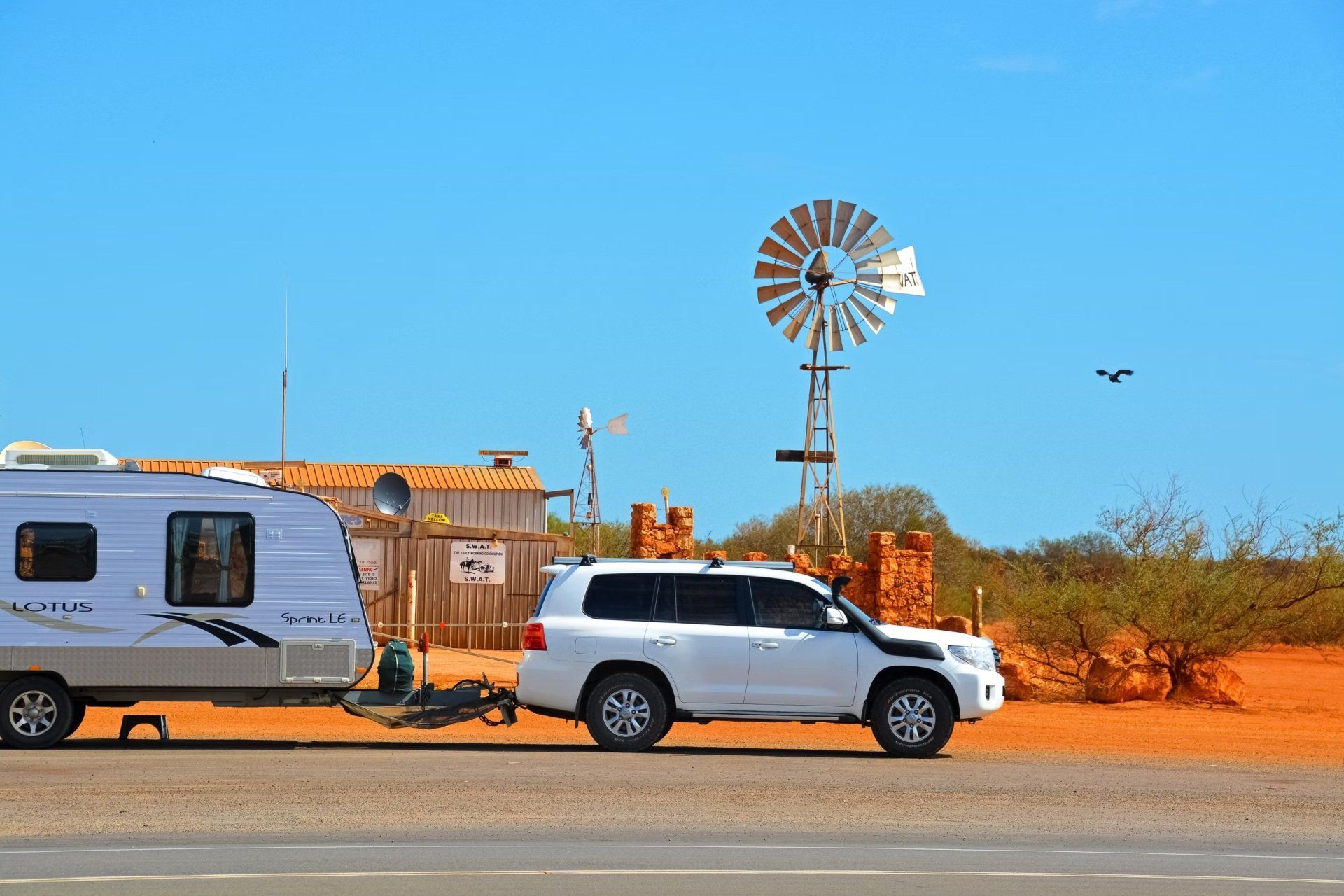
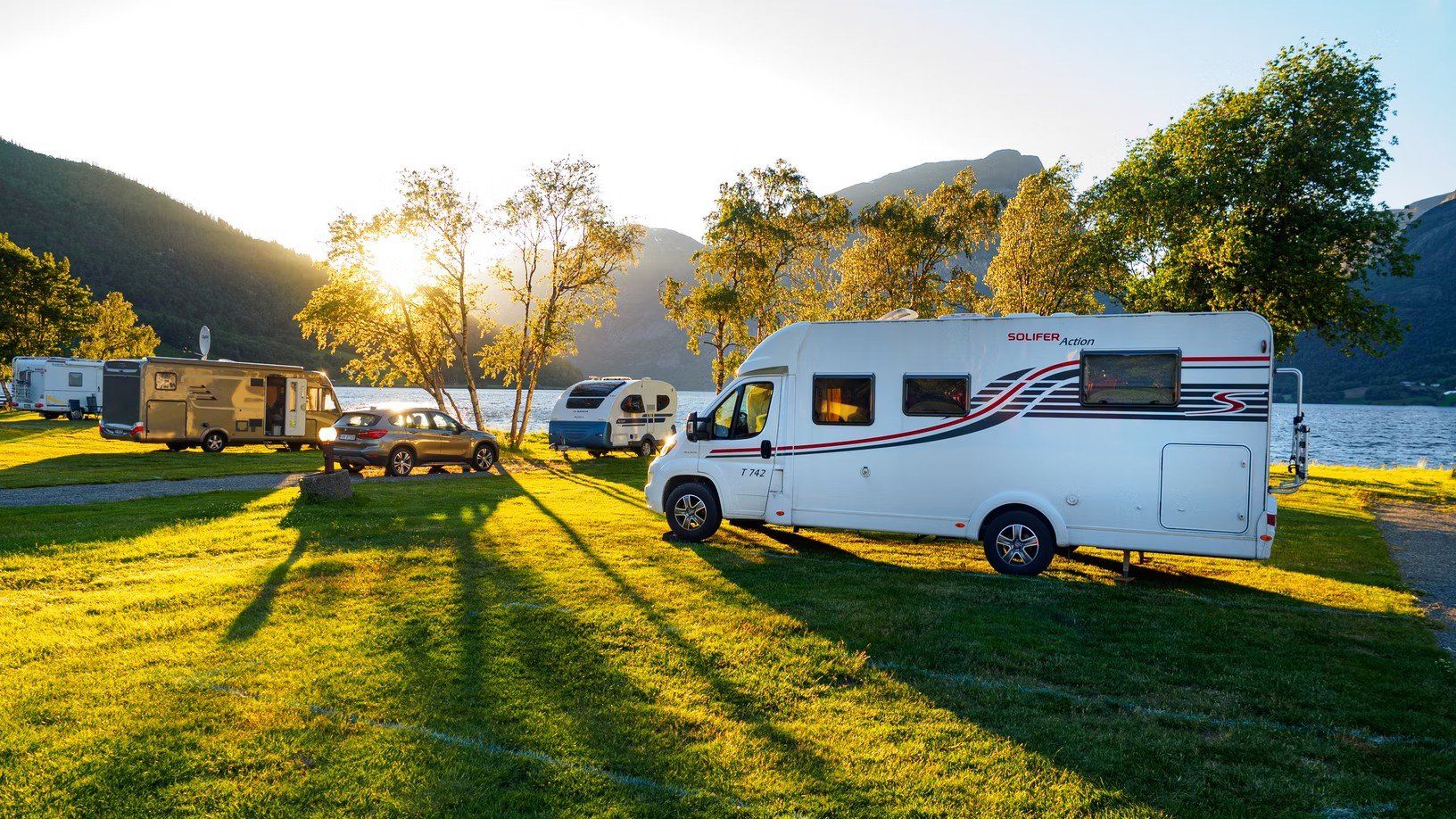



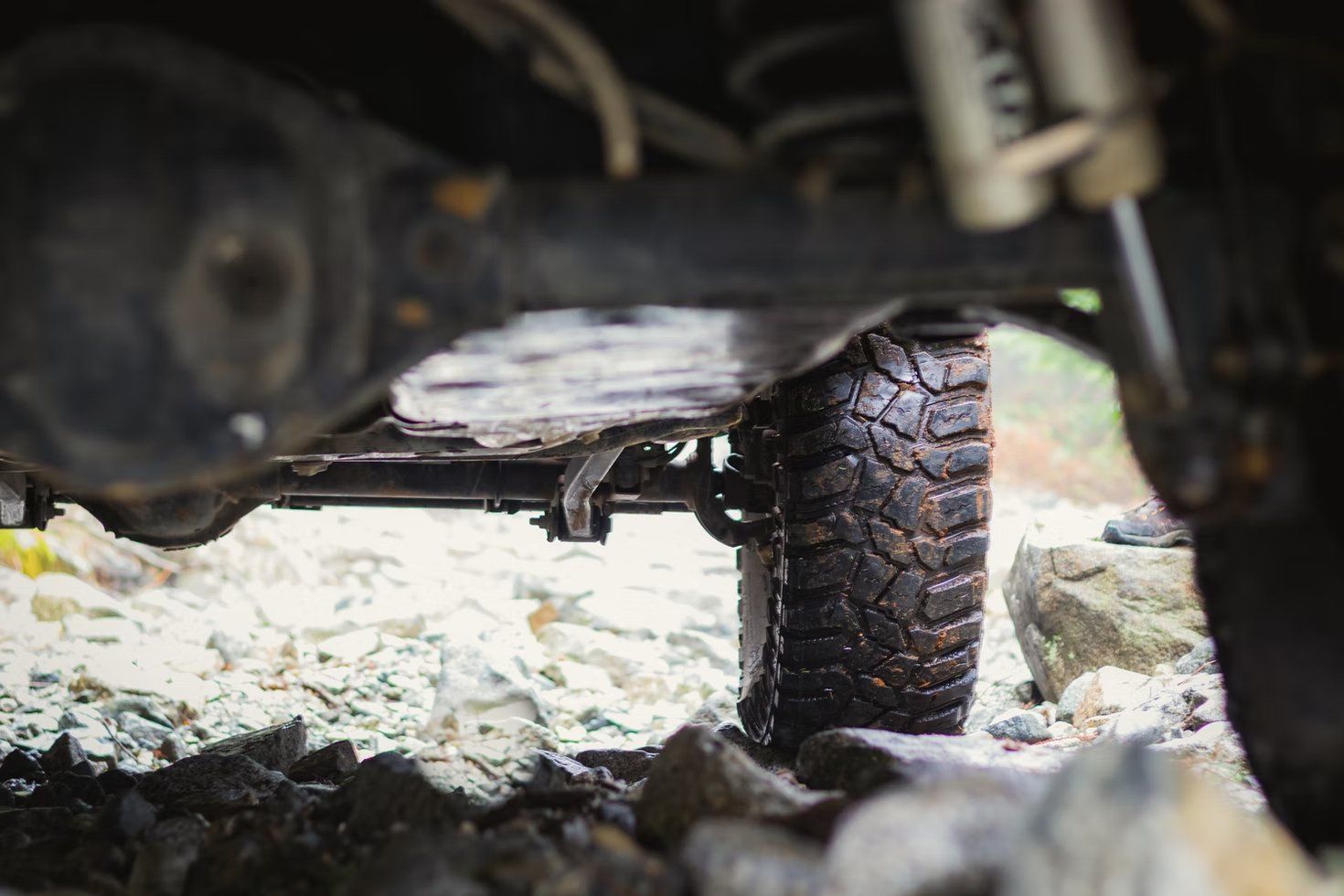





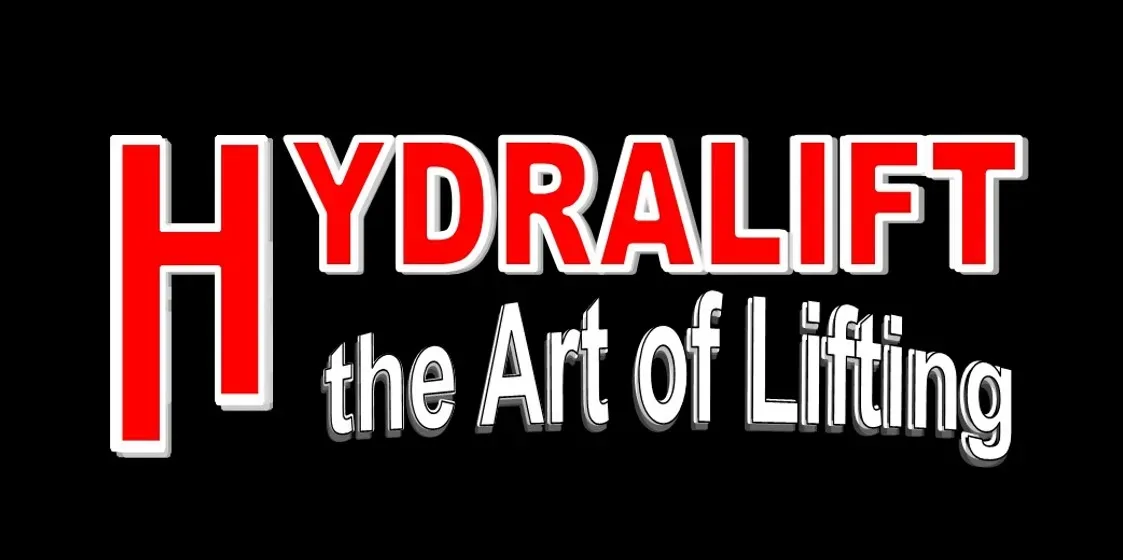


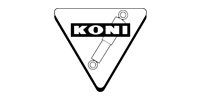



Share On: